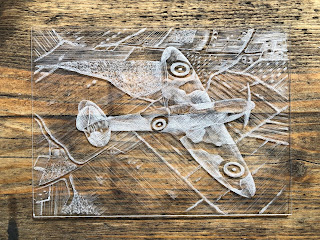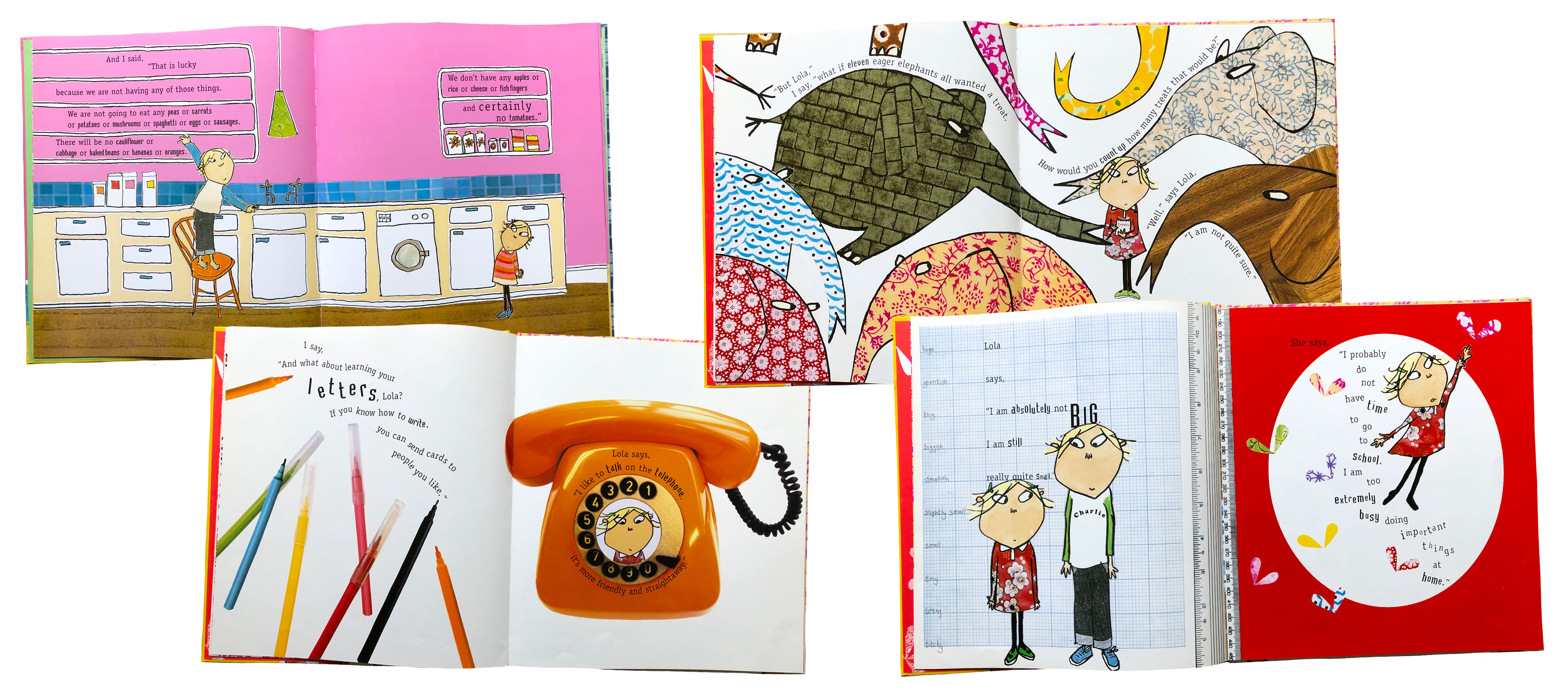Introduction to the New Project and Update
Coming into the final project of the year I was filled with both worry that the year is almost over and excitement at the prospect of the project brief. Entitled 'Commercial Illustration Practice', this brief is taken from this year's Penguin Cover Design Competition which is to design a cover for a book from one of three categories. This year's selection is 'The Night Manager' for Adults Fiction, 'A Short History of Nearly Everything' for Adults Non-fiction and 'Goodnight Mister Tom for the Children's category. After exploring each story and previous designs through my proposal and presentation, I decided to focus on Goodnight Mister Tom. Children's book illustration has always interested me and is the direction I want to take, to gain a better understanding of the process and requirements needed for producing the design.
Since getting the brief, I've focused on the presentation and mind mapping initial ideas I've had relating to the books context, characters, primary and secondary research I plan to produce and artists that will influence my design process. Beginning a new project can be quite daunting with so much information being presented to you along with early research that needs to be completed it's easy to feel overwhelmed. I began by making an action plan, breaking down everything I hope to achieve weekly up to the deadline on the 7th of May- this can be viewed in my previous post.
Recently I've came across an old aviation magazine called 'Flying' which was first published in 1927 in America and ran until late 1990. I spent hours looking at all the editions which can be found on Google Books and loved the overall designs. With my dad being a graphic designer, he was just as fascinated as me and told me all about how the text and illustrations would all need to be created manually and pieced together. It shows how design has evolved with the development of technology but also how skilled craftsmen were during the early 1900s with limited resources and photography to reference in the plane illustrations. From this, I was inspired to create an etching earlier in the project with the help of my new etching press. I've always loved learning about traditional printmaking processes so thought the context of this book (combined with my excitement to use the press!) would be beneficial in the early stages of this project.
 |
| Flying Magazine page designs throughout the 1900s |
Although 'Flying' Magazine is an American publication, the angles, perspective and shading helped me when producing my spitfire etching. Below are some photos of the process, using the home printing press and a range of printing inks id bought. I used Sepia, Napthol Red, Carbon Black and Prussian Blue inks on a variety of cotton rag, watercolour and blown papers- mostly because I was excited to try the new materials but also was testing pressures of the press and different densities that could be achieved through more pressure. I was pleased with how they turned out and feel the etching process worked well with the photograph as I applied less pressure to the lines for the countryside below so it appeared further away and the focus was on the spitfire.
 |
| Etching Process |
In my action plan, I've outlined an experimentation week for next week where I will use inks, pencils and digital methods to experiment with different compositions. I want to pick out scenes described in the book and bring them to life; Will's attic, for example, covered in all the paintings he's done since being in the countryside with Mister Tom. Throughout the book, Michelle Magorian details the landscape and village as being quaint and having a large community spirit, with houses and people all centred around a small collection of local shops. From visits to Beamish Museum and other villages around the UK, I have a good idea of how the village would look and the atmosphere I want to create through my illustrations. Overall, I'm looking forward to experimenting before narrowing down my ideas in the final weeks. I'm continuing to develop ideas and aim to have all artist research and response work done during next week.




Comments
Post a Comment